Why Therapy Takes So Long to Work (and How The Tools Can Help!)
by Phil Stutz
In this article originally published on Psychology Today, psychiatrist Phil Stutz shares why therapy takes so long and how The Tools help create real change, by working in the present.
As a therapist, the number one complaint I hear from patients is that therapy takes too long to work. Why do we have to wait for what seems like forever for change to begin?
When I set about developing a new, more dynamic kind of therapy, I wanted to give people the power to change themselves and the ability to start the process right away. That required tools.
What is a Tool? In conventional psychotherapy, we talk about “insights” or “causation,” and we tend to believe that if we can uncover the deep-seated reasons behind someone’s problems then the person will change automatically.
This implies that awareness alone creates the forces that cause change. But real change, the kind of change my patients were crying out for, means changing your behavior, not just your attitude. That requires much stronger forces.
THE TOOLS WORK IN THE PRESENT
A Tool is a technique or procedure that can generate these forces. It allows you to do the work of change. It is work that must be done in real time. When do we use a Tool? In the present.
Conventional therapy tends to be passive and focuses on the past. It excavates a patient’s history, usually from childhood, brings it into the light of day and interprets it so as to strip it of its unconscious power. I have the greatest respect for the past. Memories, emotions, insights can all be very valuable. But my patients needed help and relief in the present and all the insights in the world weren’t going to be powerful enough to deliver that.
“Real change, the kind of change my patients were crying out for, means changing your behavior, not just your attitude.”
—PHIL STUTZ
Take someone like Ashley—a successful Hollywood talent agent. She was also a “screamer.” Whenever she got frustrated, she let loose—at her spouse, her kids, her assistants in the office, the checker at the supermarket, anyone and everyone. There are a lot of screamers in L.A. . The film industry tends to tolerate bad behavior so long as you’re making money. But Ashley had reached the point where—despite her salary—rage was destroying her relationships and her sense of herself. Unfortunately, knowing that did little to control her anger.
If all I did with Ashley was to discover why she acted this way, if I had armed her with every insight in the world – she might have been left feeling temporarily better about herself. But the moment her secretary brought her a double latte with foam instead of no foam or her son left his room in a mess, she would be off again, giving way to uncontrollable rage.
HOW DO WE CONTROL OUR ACTIONS?
Insights and attitudes can’t control behavior because insights and attitudes are thoughts. Our society tends to grant the mental more power than it actually has. To control your actions you need something else: a specific procedure you can use systematically to combat a specific problem—you need a Tool. In Ashley’s case, a Tool called Active Love.
There’s an obvious objection that arises here—isn’t what you’re doing superficial? Sure, these tools of yours may help a patient change his or her behavior but you haven’t addressed the underlying reasons. Unless you do that they’re bound to go back to their (self-) destructive ways sooner or later.
“The deepest part of human experience happens when you interact with the world outside yourself.”
—PHIL STUTZ
There are two answers to this objection. First, it involves a misunderstanding of how people change. Insight into the “reasons” for a problem isn’t the cause of change—it’s the result. Groups like Alcoholics Anonymous have always known this. You don’t join AA and then sit around discussing why you drink too much over a few beers or vodka martinis. You join to stop drinking one day at a time. Only after that can you look into the roots of your addiction by “taking inventory.”
The second answer goes back to our original question about what a tool is. There has been a bias in psychotherapy implying that anything that is active and involves your will is superficial; as if the deepest part of human experience can only occur inside your head. The truth is the opposite; the deepest part of human experience happens when you interact with the world outside yourself. That means you need to go beyond thinking and into “doing,” exactly what a Tool makes possible.












